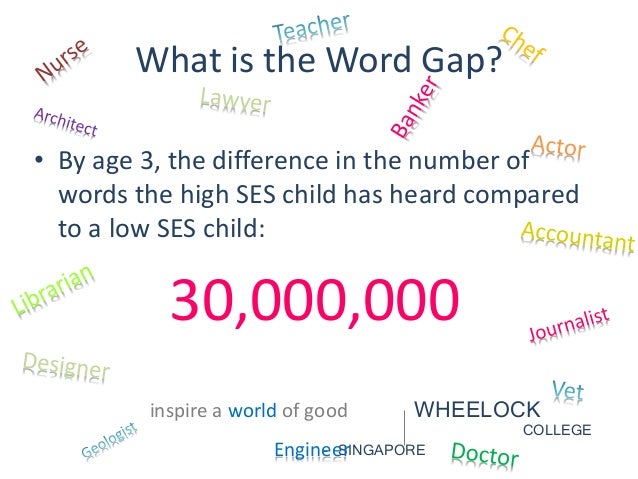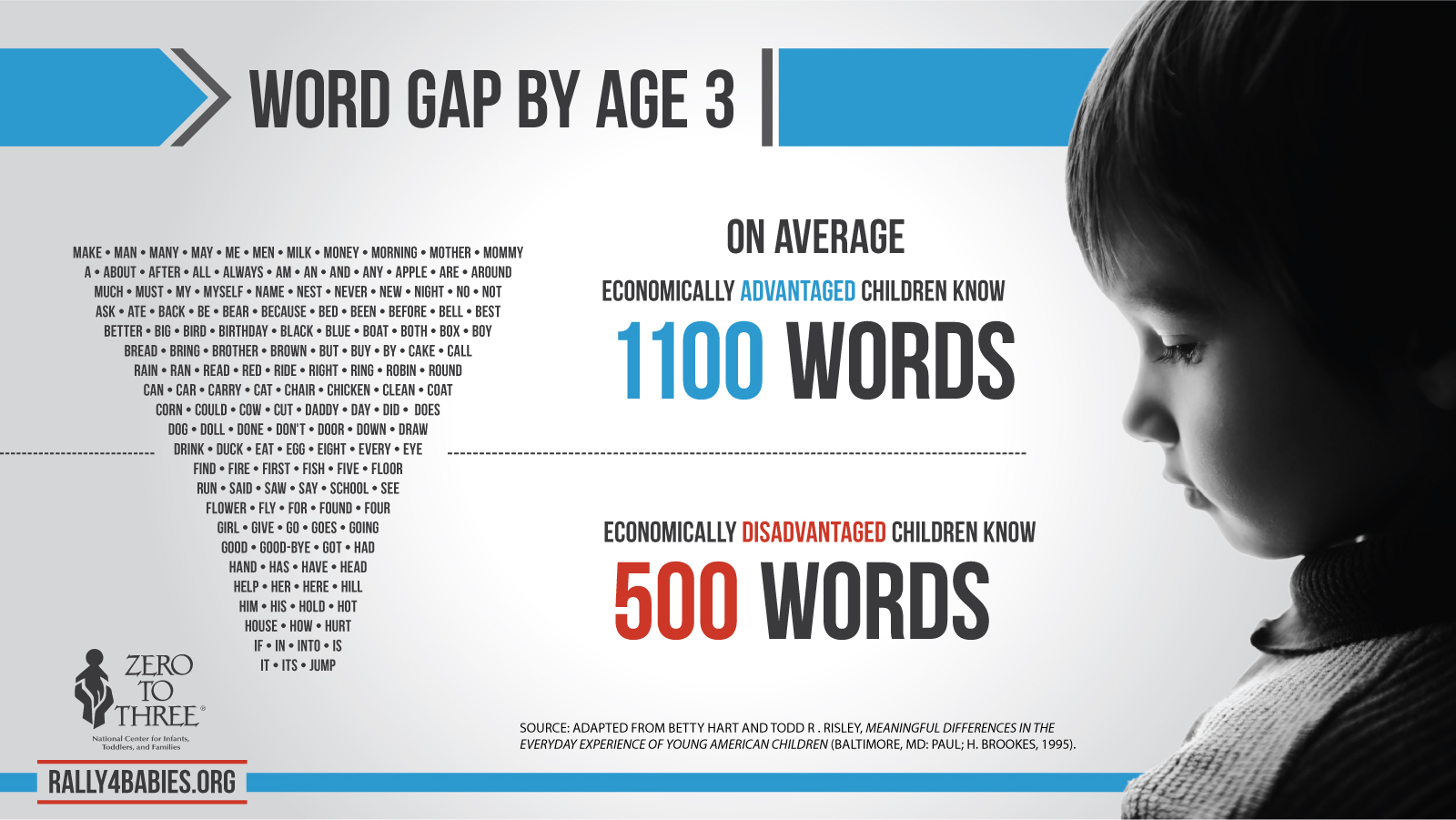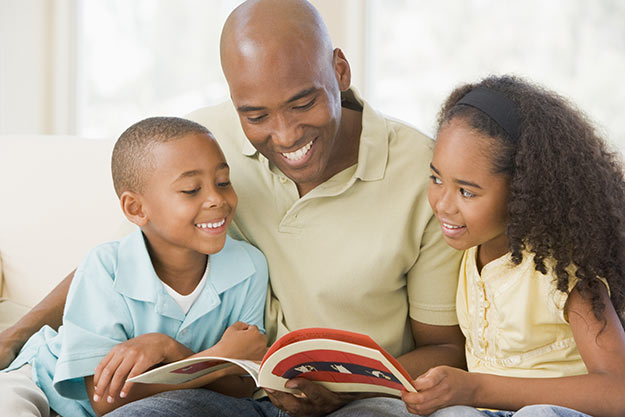Mrs Steffes has no idea of the monster she unleashed when she said to find pictures on Pinterest!!!
Are you the same way?
image source: https://www.digitalmomblog.com/pinterest-memes/
image source: https://www.pinterest.com/pin/AX1Loi0LF_4IBjvLr25oUHwa_z_27rUPV6w2nbrwrTMzH3FBQzqg-Ho/

image source: https://www.pinterest.com/pin/119134352618431132/
For literacy stations, I like the idea of the words to be on laminated cards and the fact that they can be easily passed around. I think I would have them displayed under the word wall where students could see all of the words at once. I like the variety of colors. I would use both of these ideas. This format is how I have seen it in the classrooms that I have subbed in. You could even go more simple with the set that the students use for literacy stations.

image source: https://www.pinterest.com/pin/242842604885940050/
To me, this word wall below isn't as visually appealing as the one above. I don't think I would make my word wall in this manner. I just wanted to show another way you could do it.

image source: https://www.pinterest.com/pin/204069426834812327/
I would not do my word wall in this manner either. While the the Chevron pattern may go with the teacher's classroom decor, it is too distracting and gives me a headache looking at it. The letters aren't easy to read on the circles. Teachers need to think about that. I don't find it visually appealing. What about you?

image source: https://www.pinterest.com/pin/287597126178863763/
I like the idea of keeping them in a binder until you are ready to put them up.

image source: https://www.pinterest.com/pin/26880929008253491/
You could also do that for a literacy station.
I like this idea. It is colorful!

image source: https://www.pinterest.com/pin/568509152939670169/
I like this one because it has color. I also like it because it is neat and organized.

image source: https://www.pinterest.com/pin/32791903516142187/
I found this amazing article with some really great suggestions that I am listing below. Here is the link if you want to download it for yourselves:
http://www.readingrockets.org/content/pdfs/World_Walls_-_A_Support_for_Literacy_in_Secondary_School_Classrooms.pdf
"
The use
of a word wall in a classroom can be a highly effective teaching strategy to improve literacy
skills. Word wall activities encourage active student participation. Gestures, such as pointing to
key words during a lesson, offer visual reinforcement which can be very helpful for students.
Word wall activities engage students while they learn key vocabulary, whether it be learning to
explain a word, to compare it to other key concepts, or to spell it" (Cronsberry, J., 2004). The same article goes on to say:
"Word walls:
• provide an approach to meaningful teaching of vocabulary
with an emphasis on student engagement and higher level
thinking skills;
• build vocabulary, thereby improving reading comprehension
and writing style;
• reinforce understanding of subject-specific terminology with a
focus on students internalizing key concepts;
• help students improve spelling and awareness of spelling
patterns;
• provide visual cues for students;
• encourage increased student independence when reading
and writing" (Cronsberry, J., 2004).
I would introduce about 5 new words per week. When I have subbed for the kindergarten teacher, I think it was around 5 words that were introduced with the story.
This same article had some ideas on how to create your word wall:
Ideas
• Mount the words on construction paper or card stock and
laminate them.
I personally like about a half-inch boarder of the construction paper showing.
• Color code the words, either using colored markers for
lettering or colored paper for mounting. Color coding can be
used in numerous ways, e.g., same colors can be used to
highlight homonyms, synonyms, parts of speech, frequently
misspelled words, or categories.
I like the idea of color coding either words that begin with the same letter or different parts of speech, such as nouns, verbs, adjectives, pronouns, etc.
• Use a wall area that is visible to all students. If the word wall is
to be used effectively, students need to be able to glance at the
word wall from their desks while they are working.
I agree. I also like the idea of having a "mini" word walls on their tables or for literacy stations. I like the idea of laminating the list to make it more durable. What do you think? image source:
https://www.pinterest.com/pin/AaA9s4_1nm3yaqBx6yE4sxyxYEP3GX__43VkDzAx50j_BvTK5UTH33c/
• Mount words on the wall in alphabetical order. Using
alphabetical order makes it easier for students to skim the list
and find words. I agree, don't you?
image source:
https://www.pinterest.com/pin/AaA9s4_1nm3yaqBx6yE4sxyxYEP3GX__43VkDzAx50j_BvTK5UTH33c/
• Mount words on the wall in alphabetical order. Using
alphabetical order makes it easier for students to skim the list
and find words. I agree, don't you?
• Make access to the words easy, e.g., use tape or tacks to
mount the words so students can move individual words. Makes sense. I wonder how easy it would be to use Velcro? I think that is a better choice than tape or tacks. Do you have any suggestions?
In my opinion, If your not going to make use of the word wall, then there is no point in having it. It will only be taking up space on your wall unless you utilize it with engaging activities. Don't you agree?
I might make QR codes and put on the sight word cards and students can scan it and do the online activity that I've selected for the word or list of words.
Whole Group Activities
 image source: http://www.thesmilingteacher.com/sight_words_kindergarten.htm
image source: http://www.thesmilingteacher.com/sight_words_kindergarten.htm
Mystery Word Game. I personally enjoy word scrambles. Introduce a new word by writing the letters in a scrambled order. To assist students in
unscrambling the word, give clues, either about the word’s meaning or about how it is spelled.
Students apply their knowledge of spelling patterns, as well as activate their prior knowledge,
depending on the clues given.
Here are some online games;



images source: https://www.education.com/games/sight-words/
Quick Definitions
Provide a definition (orally and/or written on the board) of one of the word wall words.
Students choose and write the word to match the definition. Repeat the process encouraging
students to review all the words as they select the answer.
Small Group Activities
These are some games that I would use for literacy stations using the word wall. I got them from http://www.readingrockets.org/content/pdfs/World_Walls_-_A_Support_for_Literacy_in_Secondary_School_Classrooms.pdf
Word Wall Hangman. Students use word wall words to play the hangman game. You could do this using a dry erase board in pairs or it can also be done individually with the game app on an iPad.

image source: https://itunes.apple.com/app/id467936869

image source: https://itunes.apple.com/app/id555936003
Word Pictures. Working in teams, students select one of the words from the word wall and illustrate it on the
board or on chart
Word Relationships.
Each student shares the word on their word card with a partner, and together, they decide on
a way that their two words are related or have something in common. A time limit could be
imposed after which students rotate to a new partner and repeat the process. After doing this
a few times, the pair could join with another pair, and see if they can find a relationship
between the four words. Discussing similarities and differences helps students to master new
vocabulary meanings.
Word Cards Partner Game.
Pairs of students take turns choosing a word card and offering a definition for the word. The
partner guesses and spells the word.
Parts of Speech. Each small group is given a part of speech and must decide which words on the word wall fall
into the category. If more than one group is looking for the same part of speech, they
compare lists and discuss any discrepancies.
Small cards can be affixed adjacent to the words on the word wall to identify the part of
speech for each word.
Drama.
Students choose a word from the word wall and improvise a situation that portrays the word.
Peers guess the word.
This activity goes along with the drama. This would be a fun whole group activity. I would leave out the first one. In a small classroom, they might kick each other.

image source: https://www.pinterest.com/pin/522487994251932577/
"Word Ad
Each group chooses a word, and brainstorms all the possible uses of the word. They create a
radio or television ad to ‘sell’ one of the words from the word wall and present it to the class.
As a variation, students think of a product for which they create a radio advertisement, using
as many words as possible from the word wall. The group avoids making direct reference to
the product and asks the class to guess what it is that the ad is trying to sell.
Musical Words.
In groups of five or six, with each group member having one word card, students circulate the
cards within their groups, while music is playing. When the music stops, the group members
take turns giving the meaning of the word they have. Group members can challenge the
correctness of the definition offered by their peer. If a group member cannot provide a
definition, the group members discuss the meaning, asking the teacher for assistance,
if necessary"(Cronsberry, J., 2004).

image source: https://www.pinterest.com/pin/AbtTLkkIqvn1mcCuXfwxKj-0enntyhxfEc-cOKye0MdZyqRMaK8iObw/
Individual Activities
Here is an iPad app:

image source: https://itunes.apple.com/us/app/word-bingo/id406264088?mt=8

image source: https://www.pinterest.com/pin/259590365995196798/
Definition Bingo
Students fill in a bingo-type grid with word wall words. As definitions are read out, students
cross out the corresponding word on their grid. The first person to get a complete line of
words wins.
As a variation: give synonyms or antonyms for appropriate word wall words.
Here is a link to online sight word Bingo: http://www.abcya.com/dolch_sight_word_bingo.htm
I like this idea for the word wall words.

image source: https://www.pinterest.com/pin/570268371547675886/
"Word of the Day
Choose a “Word of the Day.” Encourage students to use the “Word of the Day” meaningfully
during the class and highlight appropriate use. Add the word to the word wall.
Words in Writing.
Encourage students to use the word wall words in their daily classroom writing. When work is
collected or read in class, highlight the words from the word wall that are used appropriately
Maximum Words in a Story
Students write a story involving as many words from the word wall as possible within a given
time frame. Students underline all the word wall words they used and share their stories in
small groups. Each group decides which to read aloud, e.g., the story with the most words or
the most creative story.
Poetry
Students write a poem related to the topic under study using as many words as possible from
the word wall. As a variation, students choose just one word from the word wall and write a
poem about that word. Students share their poetry.
Word Search
Students use the words from the word wall to create a word search puzzle. Students
exchange word searches with a partner and find the word wall words.
Rhyme Time
Students select three to five word wall words with which they can rhyme words. Students list
as many rhymes for each word as they can in a given time limit.
Metaphors and Similes
Students practice their abstract thinking skills by choosing five words from the word wall and
creating either a simile or metaphor for each of the words. Students can share their similes
and metaphors with others in the class" (Cronsberry, J., 2004).
This would be easy to make with a deck of playing cards from the dollar tree. Here is the link for the online game:
https://www.education.com/game/sight-words-match-2/

image source:https://www.education.com/games/sight-words/
I think this is a fun idea for adjectives. Each container has word synonyms. As Mrs. Steffes was saying, there are some words that get over used. This would be a good way of picking a better word.

image source: https://www.pinterest.com/pin/232287293250247221/
Here is another one:

image source: https://www.pinterest.com/pin/21251429466568847/
Here is another idea to replace overused words:

image source: https://www.pinterest.com/pin/287597126176434719/
How crazy did you get with the pins?
References:
Cronsberry, J. (2004). Word Walls: A Support for Literacy in Secondary School
Classrooms. Retrieved May 16, 2017 from http://www.readingrockets.org/content/pdfs/World_Walls_-_A_Support_for_Literacy_in_Secondary_School_Classrooms.pdf






























